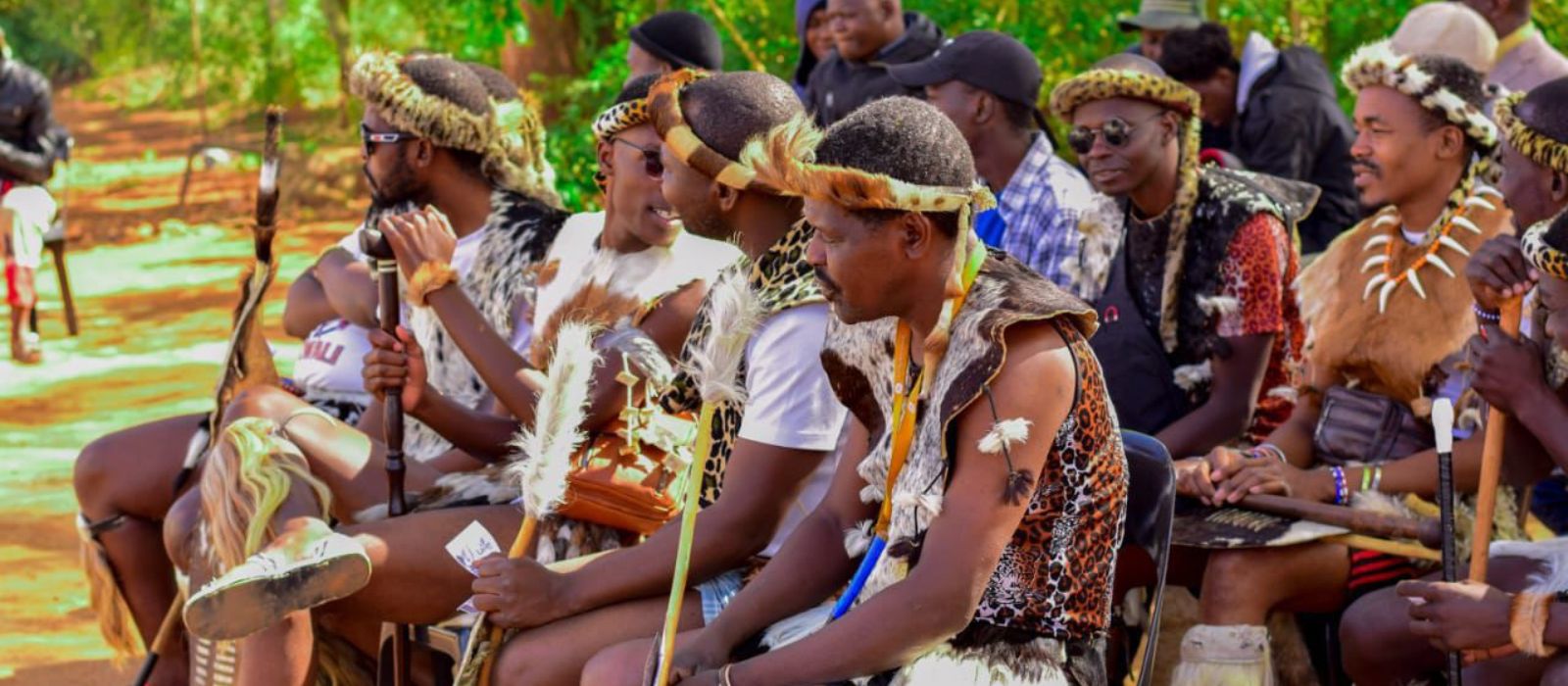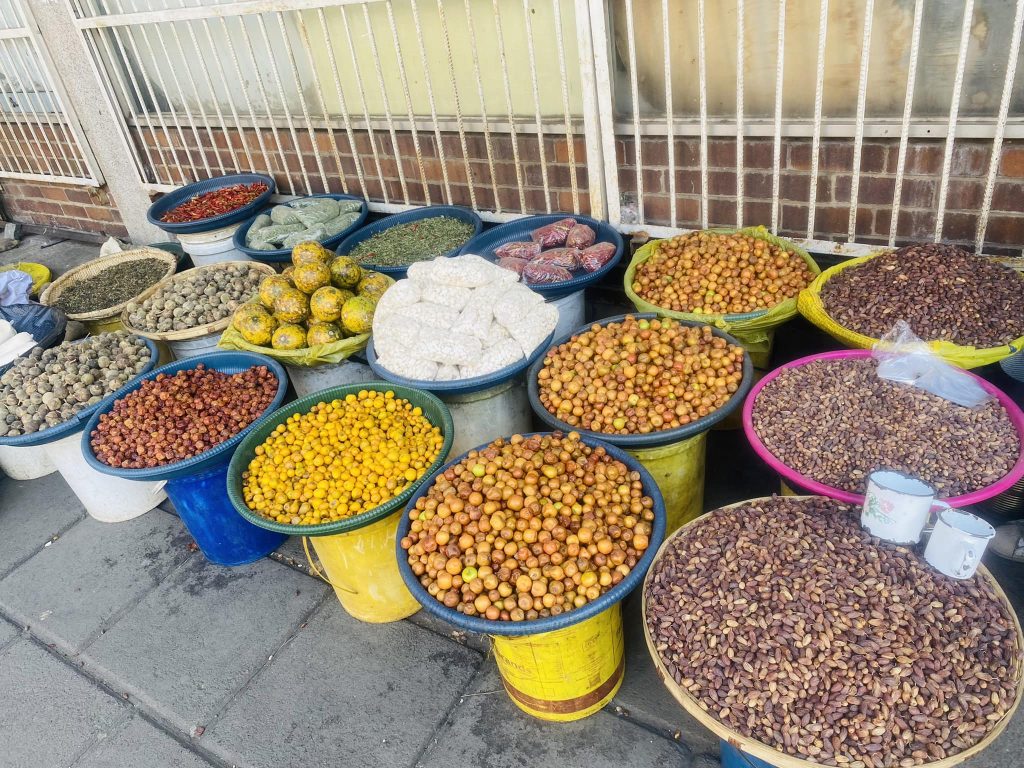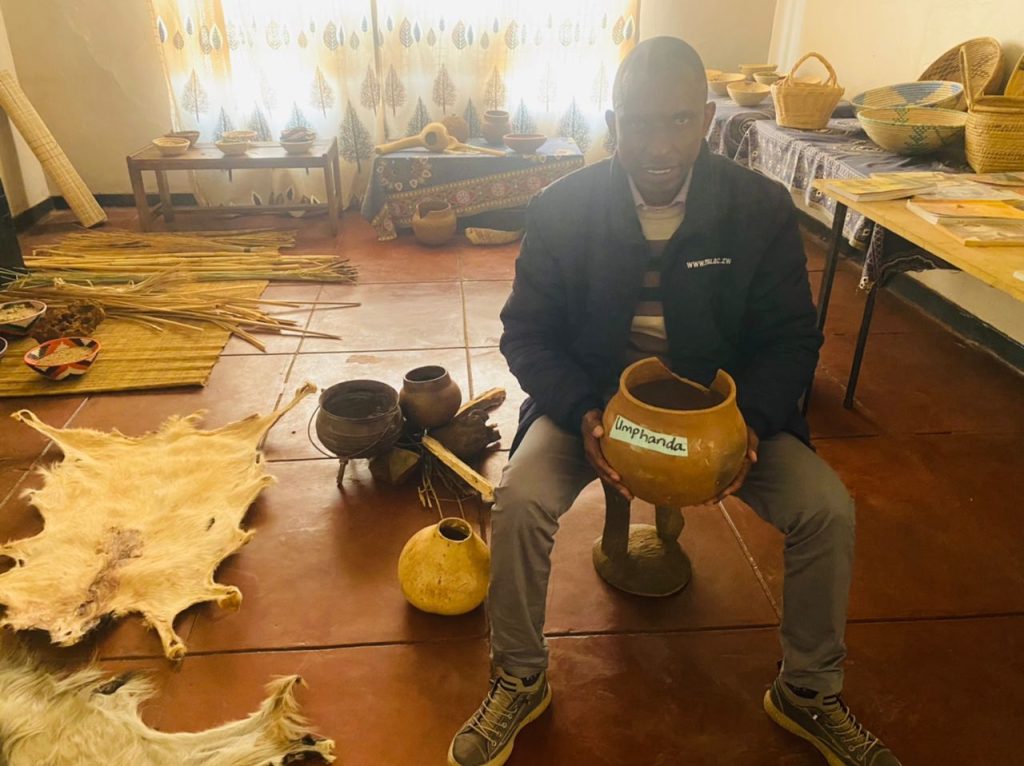
In the heart of Kingsdale, Bulawayo, Zimbabwe, lies a cultural gem that shines as a true symbol of heritage preservation and rural tourism: the Eyethu Intuthuko Cultural Center. This unique place not only celebrates the country’s rich cultural diversity but also plays a key role in bringing the community together and supporting economic sustainability through the promotion of cultural heritage. At Eyethu, culture comes alive in a real way, through an immersive experience with traditional artifacts, clothing, food, and indigenous knowledge systems.
The center’s founder, Martin Mlilo, shared: “We teach our community and visitors about the value of our culture using tangible artifacts. It is not just about preserving history, but also ensuring that future generations understand and embrace their heritage.” Eyethu offers a range of programs, including exhibitions that showcase traditional art, crafts, and historical artifacts. “These exhibitions take you on a journey through time,” says the founder. “They tell the stories of who we are, where we come from, and what we must cherish and protect,” adds Mlilo.
Culture at Eyethu is not limited to static displays; it also thrives through dance, music, and poetry. The center celebrates tradition with live performances of traditional dances, imbube music, and poetry. These activities not only entertain but also educate, giving visitors a window into Zimbabwe’s rich cultural tapestry. “The energy during our traditional dance sessions is unmatched. It is a proud reminder of our roots, and it is wonderful to see our younger generation participating so enthusiastically,” said Mlilo.


Eyethu’s impact goes beyond the center itself. The organization partners with schools to help children learn about their cultural heritage. Through workshops on traditional food preparation, indigenous tree planting, and understanding the cultural significance of these trees, Eyethu helps build an appreciation for how closely culture and nature are connected.
Eyethu Intuthuko Cultural Center is a great example of how rural tourism can drive community development. By attracting both local and international visitors, it has created a space for cultural exchange and new economic opportunities.
Zimbabwe’s rural tourism sector is seeing a revival, with places like Kwa Terry in Mhondoro showing how rural homes and cultural centers can become popular tourism destinations. At Kwa Terry, visitors can experience traditional foods, music, and crafts, much like at Eyethu. These initiatives show how rural tourism can empower local communities while helping to preserve cultural heritage.
The cultural artifacts at Eyethu are full of history, with some dating back many generations. They include traditional beadwork, ceremonial attire, and cooking tools, each with its own unique story. Studies of these artifacts show how they serve as a link between the past and present.
Mlilo says, “Artifacts are more than objects; they are storytellers. They help us understand the evolution of traditions and how they have adapted to the modern world.”
One of the center’s standout programs focuses on traditional food preparation and preservation. Ruvimbo Janet Tuwe, known by her brand name Matshuma’s Kitchen, praises Eyethu’s work in this area.
As a vegetarian who advocates for traditional foods, she says, “Proudly embracing and celebrating our indigenous foods is vital for preserving our Zimbabwean culture! These foods not only nourish our bodies but also connect us to our heritage and the land of our ancestors.”
She adds: “From the water to the land and the skies, our environment has always ensured that we have enough nutrition. By sharing our food preservation and preparation methods, we are keeping alive the stories, traditions, and values that make us who we are. Younger generations must be prepared to drive our unique rural tourism opportunities, ensure environmental sustainability, and create business and employment opportunities within our communities.”
Research also shows the importance of cultural preservation for fostering social cohesion and national identity. A recent UNESCO report emphasizes that when cultural heritage is well-preserved, it can become a foundation for peacebuilding and economic growth.
Zimbabwe’s National Development Strategy 1 (NDS1) aligns with this view, prioritizing the integration of cultural heritage into tourism and education. Eyethu’s efforts fit perfectly with this vision, making it a model for sustainable cultural preservation and tourism.
Eyethu Intuthuko Cultural Center is not just a place; it is a movement. By blending tradition with modernity, it encourages both locals and visitors to appreciate Zimbabwe’s heritage. “Our vision is to make Eyethu a global destination for cultural tourism. We want people from all over the world to experience the richness of Zimbabwean culture,” says the center’s founder.
As Zimbabwe continues to invest in rural tourism and cultural preservation, institutions like Eyethu Intuthuko Cultural Center remind us of the importance of understanding and appreciating our roots. In a world where globalization often threatens to erase local identities, Eyethu stands proudly as a guardian of Zimbabwe’s cultural legacy, ensuring that its heritage continues to thrive for generations to come.


